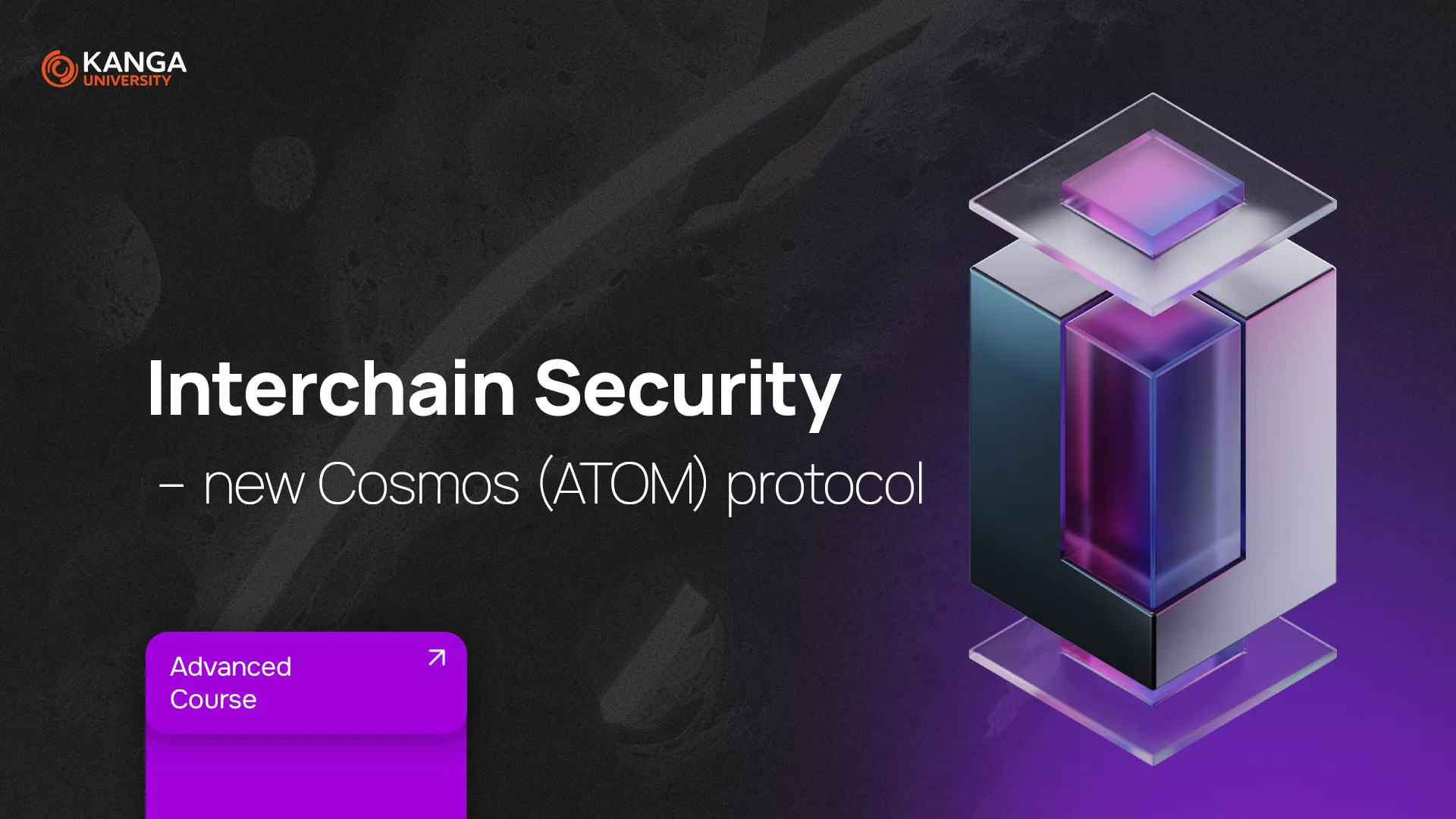
Imagine every blockchain as a separate island. Each one has its own rules, currency, and community. The challenge? These islands don’t talk to each other – and that’s a problem.
Cosmos wants to change that by building an “Internet of Blockchains,” a network where different chains can communicate and collaborate securely. One of the key pieces of this puzzle is Interchain Security – a system for sharing security across networks.
In this lesson, you’ll learn what Interchain Security is, how it works, and why it’s a big deal for the future of blockchain.
What Is Interchain Security?
In Proof of Stake (PoS) networks, the more tokens users lock up (or “stake”), the more secure the network becomes. But smaller blockchains often have fewer users and less capital – which makes them easier targets for attacks and slows down their growth.
Interchain Security solves this by allowing smaller chains to “borrow” security from a bigger, more secure chain: Cosmos Hub.
Instead of every blockchain fending for itself, Interchain Security lets Cosmos Hub extend its validator power to help secure other chains in the ecosystem – called consumer chains.
How Does It Work?
Validators on Cosmos Hub can run two nodes:
-
One for Cosmos Hub
-
One for a consumer chain that needs extra security
Validators stake ATOM (the Cosmos token) to support both. If they fail to do their job properly, their staked tokens can be slashed (destroyed). That’s a strong incentive to stay honest.
Communication between Cosmos Hub and the consumer chains happens through the IBC (Inter-Blockchain Communication Protocol). It monitors validator activity and reports issues like downtime or errors.
Fun Fact: One Idea, Many Names
Depending on where you look, you might see Interchain Security referred to as:
-
Shared Security
-
Cross-Chain Validation
-
Interchain Staking
-
Shared Staking
They all describe the same core concept: sharing security between blockchains.
Why Does It Matter?
This upgrade is a major step forward for the Cosmos ecosystem. Here’s why it matters:
-
Better security for small or new blockchains
-
Improved performance for Cosmos Hub by keeping it focused on doing less, but doing it better
-
More incentives for validators, who can now support multiple chains at once and earn rewards
-
Economic integration without political control – each blockchain keeps its independence while working together
-
A modular design – every new feature in Cosmos can be built as its own chain, with its own token and fees
What’s Next for Interchain Security?
According to the official Cosmos roadmap:
-
Interchain Security is expected to become standard across all zones of the Cosmos ecosystem
-
A new form of consensus may be introduced to enable synchronous communication between chains (even faster, real-time data sharing)
The development goals are ambitious, but Cosmos is positioning itself as a leader in interchain collaboration.
Summary
Interchain Security is more than just a technical improvement — it’s a strategic shift in how blockchain ecosystems can grow and scale.
Instead of competing, different blockchains can share infrastructure, security, and value — creating a more unified and resilient web3 environment.
Cosmos is showing what the future of decentralized networks might look like: modular, cooperative, and ready to scale.